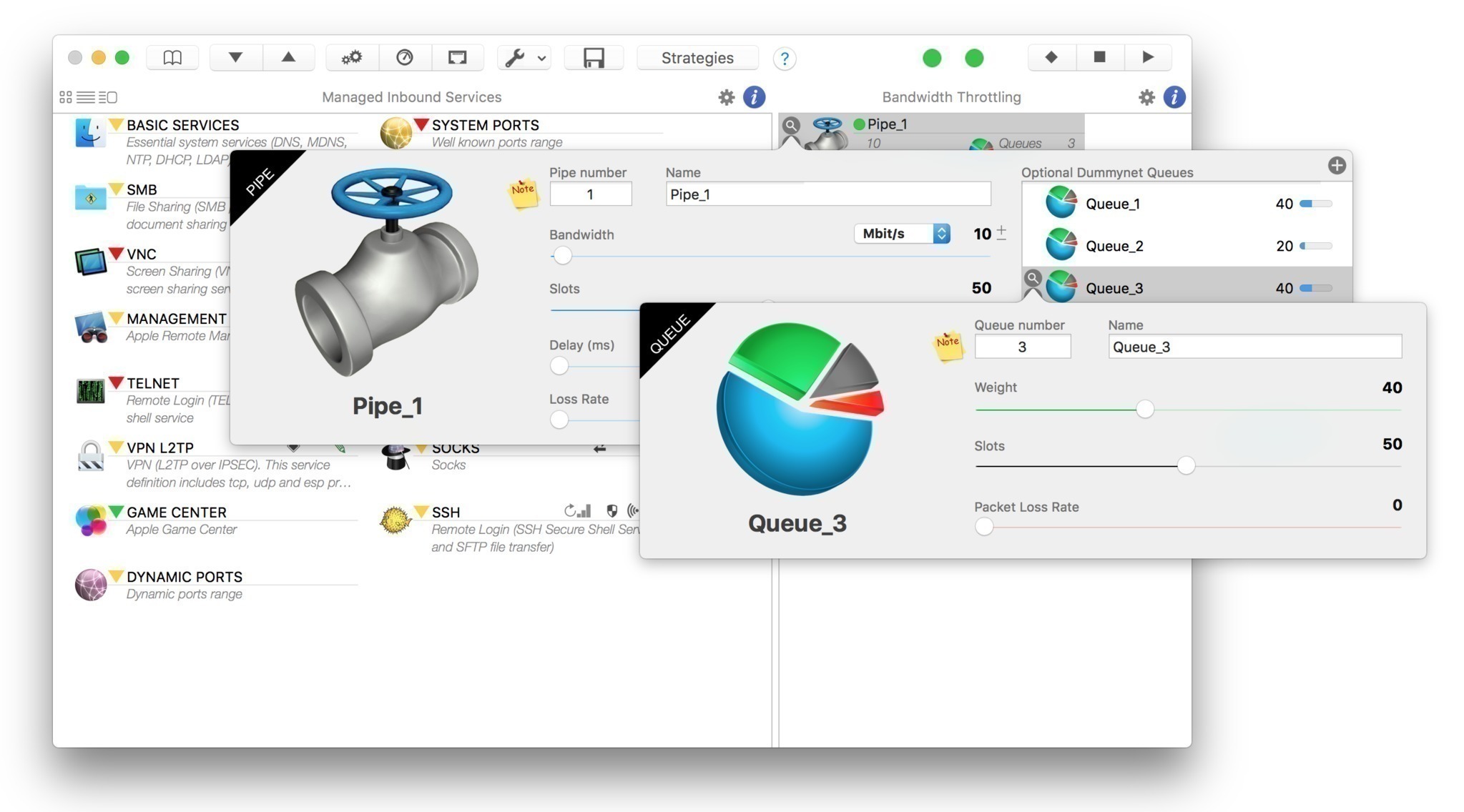

On most local networks, devices have local IP addresses such as 192.168.1.1, but the whole network will have only one or a few public IP addresses, by which it is seen on the Internet. Port scanning, which is also used to test a firewall for vulnerabilities, is always assumed to be a hostile act by all means try scanning your own firewall, but never try this on someone else’s system. Rules used by firewalls to filter packets specify the port as a way of determining which services are permitted: for example, if you were running a server connected to the Internet, you would need to open its incoming port 25 if you wanted to allow users to connect to it to send mail using its SMTP mail server.Īs there are over 64,000 different ports, potential intruders can scan some or all of them to see if any are open, so that they could try to connect through that port. You can find a list of well known ports used by OS X here. Ports are a means of separating traffic into different streams according to its purpose: for example the standard port for connecting to a webserver is 80, whilst that used by most SMTP mail servers is 25. Packets being transmitted to, from and within the Internet are addressed to destination IP addresses, where they are intended for a specific network port.
#Using murus lite to block connection mac
But it will not allow a passing intruder to try to connect to your Mac’s file sharing, as your Mac did not open that connection with the intruder’s system. Thus the firewall will let a remote website send you the contents of a web page when you have already opened a connection with the remote web server.

Even when every device on your local network has its own firewall, the malevolent could bombard your network in an attempt to overwhelm it, in a denial of service (DoS) attack.Ī firewall filters network packets, within the modem-router, in a standalone firewall appliance, or in your Mac, according to a set of rules.įor example, a standard default rule blocks all incoming packets originating from the Internet unless they are responses to previously sent outgoing packets. In the absence of a firewall, a potential intruder could identify your modem-router as opening into a local network, and try to send packets to connect to or otherwise disrupt any system on your network. When coupled with an ADSL, cable, 3G/4G or satellite modem, the combination receives packets from the Internet that are addressed to systems on the local network, routing them onto that network, and reverses that process for outgoing packets to the Internet. But it is not just a case of set and forget.Ī network router performs a simple task: it receives incoming packets from one network connection, and routes them to another connection according to the destination address and its configuration.

For most, our firewall is the most robust protection between us and the Internet.


 0 kommentar(er)
0 kommentar(er)
